Cooler evenings, leaves turning colors and the beginning of football season remind many people of fall. The oven—once shunned due to summer heat—is now welcomed with the smell of a baked casserole. The fresh apple harvest brings a variety of apple recipes such as apple pie and hot apple cider. Fall vegetables such as cabbage and cauliflower replace summer squash and fresh green beans. And cravings start for a hot bowl of chili, stew or soup. Here is a look at favorite fall recipes from DaVita.com/Recipes. Save them all in one place and get even more diet and nutrition help when you sign up for a free myDaVita account!

Kidney-friendly casseroles or hotdish
If you live in Minnesota you may use the term "hotdish" to describe what most of the country calls "casserole." Whatever you call it this one-dish meal comprised of a starch, protein and vegetable is a popular fall pick because it’s easy and filling. Steer clear of the high-sodium packaged mix casseroles. Instead rely on a kidney-approved recipe from DaVita.com. We chose the all-time favorite Chicken and Rice Casserole. But to be fair to our Minnesotans, we’re also including Chinese Hotdish in our preferences.
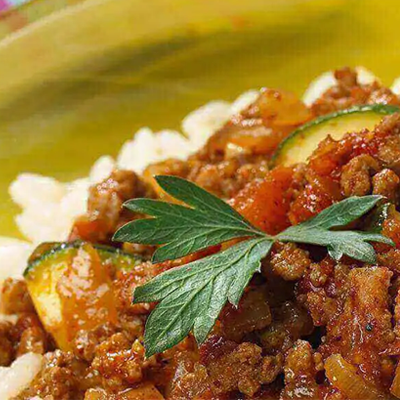
Chili for your kidney diet
Chili will warm you up when the weather turns cold. Traditional recipes and canned chili are high in sodium and may contain high-phosphorus ingredients like beans; some chili recipes include cheese served on top. The key to making chili kidney-friendly is to limit or substitute the beans, tomatoes and tomato sauce, and to select fresh ingredients naturally low in sodium when possible. We selected Chili Con Carne as our favorite because it’s easy to make and highly rated by DaVita.com members.

Fall fruits: Apples and cranberries
Two fall fruit "stars" are apples and cranberries. Harvested apples make this fruit the most popular choice for fall desserts and salads. Apples are low in potassium with only 158 mg in a medium apple. They add fiber and antioxidants, and are extremely versatile. Our star apple recipe, Apples Baked in Cider, is apple-licious and simple to make.
Cranberries are only found fresh in the fall, but they freeze well, so stock up on a few extra bags. In addition to protecting against bladder infections, cranberries protect the stomach from ulcer-causing bacteria and are full of antioxidants. A half-cup of raw cranberries contains only 40 mg potassium; 1/2 cup cranberry juice cocktail 22 mg; and 1/2 cup dried cranberries 24 mg. Make homemade cranberry sauce, bake cranberry muffins or Cranberry Apple Cookies, and add dried cranberries to salads. Our favorite fresh cranberry recipe is Cranberry-Apple Salad. Serve this 5-ingredient dish as a side salad or for dessert.
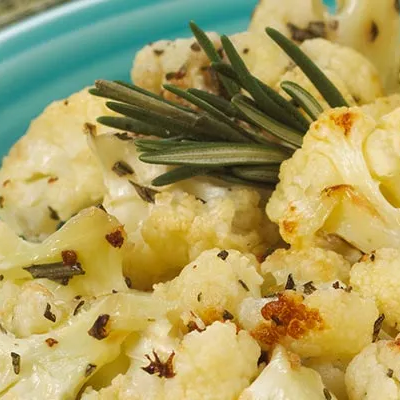
Fall vegetables: Cabbage and cauliflower
While summer calls for lighter fare, fall calls for hearty, strong-flavored vegetables such as cabbage and cauliflower. They are known as cruciferous vegetables, and contain phytochemicals that protect against cancer and heart disease. One half cup of green cabbage contains 146 mg of potassium cooked or 60 mg raw. Our dietitians’ favorite cabbage dinner recipe is Cabbage Rolls made with Turkey, and according to our recipe ratings, it’s a favorite for others too.
Cauliflower has potassium content similar to cabbage. One half cup cauliflower has 152 mg potassium if boiled and 80 mg raw. Cauliflower can be mashed and seasoned as a lower calorie, lower potassium substitute for mashed potatoes. We selected Roasted Cauliflower with Rosemary as our favorite fall cauliflower dish.
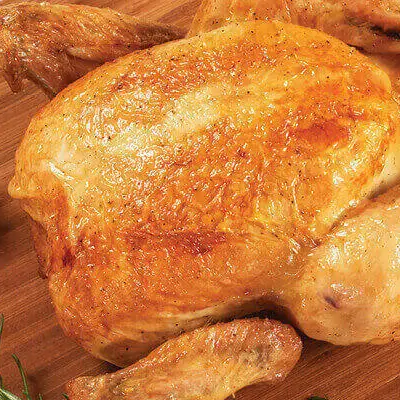
Oven-roasted poultry
Instead of preparing skinless, boneless breast halves or thighs, roast a whole chicken or a small turkey. Not only will the delightful smell fill your house, the bones will add a depth of flavor unmatched in a boneless poultry dish. If you have leftovers, make a salad for lunch or an open-faced hot turkey or chicken sandwich with low-sodium gravy for your next dinner. Roasted Chicken and Roasted Turkey are our favorites.
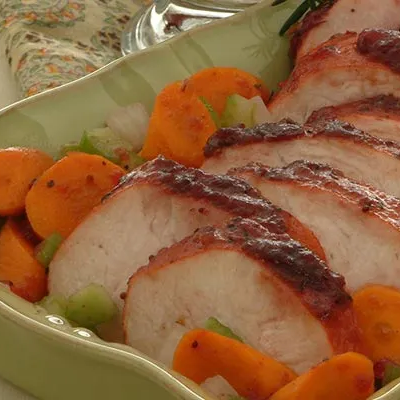
Pot roast options for a kidney diet
For some, shorter days mean coming home from work, school or dialysis treatments surrounded by darkness. How inviting would it be to open the front door greeted by the smell of pot roast simmering in the slow cooker? Add fresh carrots and reduced-potassium potatoes and a half-hour later you’ll be enjoying an all-time favorite beef or pork roast dinner. Slow Cooker Pot Roast with Low Potassium Potatoes and Slow Cooker Apple Pork Roast are DaVita dietitians’ slow cooker picks.
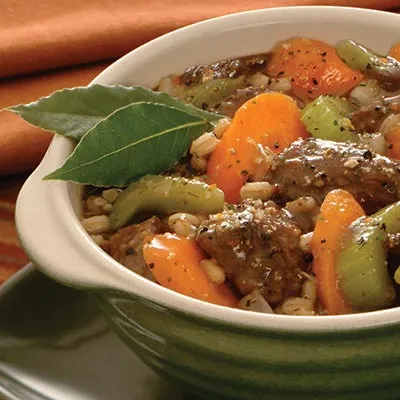
Kidney-friendly soups and stews
Cooler days can trigger cravings for hot, steamy soups or stews to warm you from the inside out. While regular canned soups are extremely high in sodium, many low- or reduced-sodium soups now have potassium chloride, making them too high in potassium for a low-potassium diet. DaVita dietitians have created more than 20 soups and stews that fit into a kidney diet. Our fall favorite soup is Hearty Chicken Soup and our favorite stew is Barley and Beef Stew.
Begin prepping for a kidney-friendly fall
Plan your fall menus with our favorite fall food ideas by using the Meal Planner tool in myDaVita. Plus, get instant access to fall cookbooks such as Fall Comfort Foods, Autumn Recipes and more. Don’t have an account? Sign up for a free myDaVita account here.
This article is for informational purposes only and is not a substitute for medical advice or treatment. Consult your physician regarding your specific diagnosis, treatment, diet and health questions.


